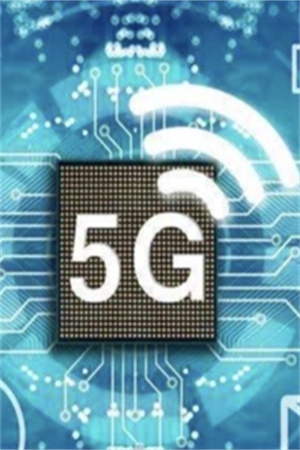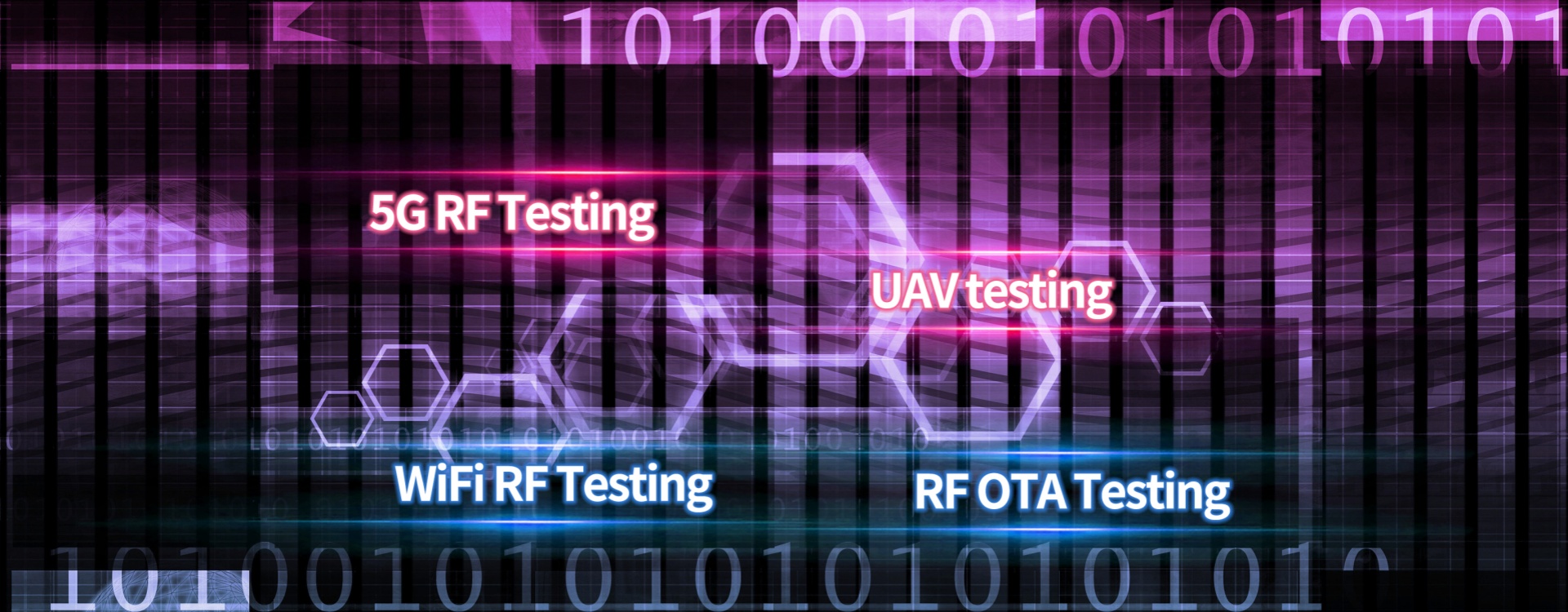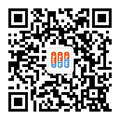Is the cost of 5G testing too expensive for Deep Light Standard Technology? Five methods to reduce 5G testing costs
It is estimated that billions of 5G devices will be launched in the next few years, and 5G device manufacturers need to deliver high-quality products while overcoming cost constraints. Mobile device OEMs and contract manufacturers responsible for developing mass-produced 5G products have found that the economic environment for production testing is rapidly changing. 5G has added frequency bands below 6 GHz, and the testing frequency of 5G millimeter wave (mmWave) is higher, which makes mass production testing of cellular wireless devices more complex than before. If not carefully calculated, the cost of wireless testing will further increase.
In addition, due to the tighter integration of electronic devices and antennas, conducting tests on 5G millimeter waves (also known as 5G FR2) are no longer feasible. As shown in Figure 1, the standard testing method for millimeter waves requires wireless (OTA) testing of the final product at the phone assembly and module level, rather than the commonly used onboard chip testing in the 2-4G and 5G frequency bands below 6 GHz (also known as 5G FR1). The following five strategies can help OEMs address these new challenges faced by 5G devices and reduce testing costs.
1. Multi device testing
With the introduction of numerous new LTE-FDD and LTD-TDD frequency bands in 4G, testing technology has also been developed, and each testing station can conduct multi device testing (also known as multi DUT). The number of 5G frequency bands continues to grow significantly, with more antennas supporting new intermediate frequency spectrum and MIMO technology, which also poses new challenges for manufacturing testing. The complexity of testing is higher, and the testing time for each device is also longer. In 5G, implementing multiple DUT tests using each tester can share the increased testing time with a larger capacity, resulting in a higher hourly specific testing volume (UPH). Figure 2 shows a standard factory production setup where four devices are connected to hardware tester units through software testing programs.

How to maximize the utilization of testing equipment by testing multiple devices in parallel, while minimizing idle time (such as DUT control and stabilization time).

2. Parallel data processing and analysis
3. Measurement efficiency
How to maximize the utilization of testing equipment by testing multiple devices in parallel, while minimizing idle time (such as DUT control and stabilization time).
2. Parallel data processing and analysis
During factory production, it is necessary to perform RF calibration and RF verification on the DUT. The transmission power and frequency range involved in standard measurements can cover multiple channels and radio formats. With the help of 5GNR, it is possible to analyze waveforms that are more complex and computationally intensive than before. Therefore, the testing equipment architecture needs to consider 5G signal analysis with higher computational density, while providing efficient parallel measurement through hardware or software. For example, innovative heuristic algorithms can be developed in software to accelerate the measurement and analysis process. Both of these technologies (hardware or software) contribute to achieving the goal of parallel data processing and analysis in RF calibration and RF validation testing.
3. Measurement efficiency
Radio frequency parameter measurement is the core step in verifying the performance of equipment in mass production environments. The 3GPP standard provides a series of recommended testing items for these specific RF measurements, such as transmission power, error vector amplitude (EVM), and adjacent channel leakage power ratio (ACLR) (Figure 4). Manufacturers have been striving to reduce the mixing of RF testing projects (without affecting the quality of the tested equipment) and improve production efficiency and time by dispersing the factory testing process to multiple sites on the production line (such as using one site for 2-4G and another site for 5G).

4. Automation of testing process
4. Automation of testing process
Automation of the testing process is another valuable method for improving 5G device testing. Due to the complex OTA testing setup of 5G millimeter waves, this method is particularly important for 5G millimeter waves. Firstly, the software testing automation program not only needs to control the tested equipment and testing equipment, but also needs to control the OTA testing room used for OTA millimeter wave testing. Due to the poor signal propagation ability in the 24 GHz and above frequency bands, 5G devices that support these frequency bands (such as n257 to n261) are equipped with multiple millimeter wave antenna modules. In order to use precise radiation modes to test these millimeter wave antenna modules, the RF testing room needs to use a locator to rotate the equipment or use multiple antenna horns for OTA testing. Figure 5 shows the entire testing process from executing software testing to using a locator rotation device to bind hardware instruments with a testing room for 5G millimeter wave testing.

Another method for testing multiple millimeter wave antenna modules is to install multiple horn antennas inside the testing room casing and ensure a high-precision field of view between the horn antenna and the millimeter wave module of the equipment

5. white-box testing
5. white-box testing
OEMs are usually reluctant to disclose the structure of their 5G millimeter wave module equipment antenna in conformance testing to avoid leakage of product design information. Therefore, black box testing has become the standard choice in these situations. However, in mass production testing, the situation is different.
After understanding the equipment hardware design and mastering the antenna millimeter wave module layout in the mass production equipment, the test engineer can preset the horn antenna layout and the movement mode of the locator to improve the efficiency of the test process, without performing additional near-field scanning on the antenna array. In addition, placing the center of the DUT opening in the center of the testing area can save more testing time. This is called white-box testing. It is an alternative to black box testThe test.The equipment is placed in the center of the test area.
The above is an introduction to Deeplight standard technology on how to reduce costs in 5G testing. Please contact us to inquire about testing and certification issues for 3G, 4G, and 5G communication equipment.
Recommended items
-

5G mobile phone security and SAR testing
5G mobile phone security and SAR testingView more -

The latest 5G bands recommended by North American mobile operator alliance PTCRB
The division and combination of 5G mobile communication technology is much more complex than 4G. The common large frequency bands are FR1 and FR2, FR1 and FR2 are SA and NSA, NSA is combined with 4G, and the working mode is TDD and FDD, so the confirmation of frequency bands and system is particularly important....View more -

The 5G Sub-6GHz/5G millimeter wave SAR test and 5G CE/FCC SAR test standard
The 5G Sub-6GHz/5G millimeter wave SAR test and 5G CE/FCC SAR test standardView more -

Is the cost of 5G testing too expensive for Deep Light Standard Technology? Five methods to reduce 5G testing costs
It is estimated that billions of 5G devices will be launched in the next few years, and 5G device manufacturers need to deliver high-quality products while overcoming cost constraints. Mobile device OEMs and contract manufacturers responsible for developing mass-produced 5G products have found that the economic environment for production testing is rapidly changing. 5G has added frequency...View more




